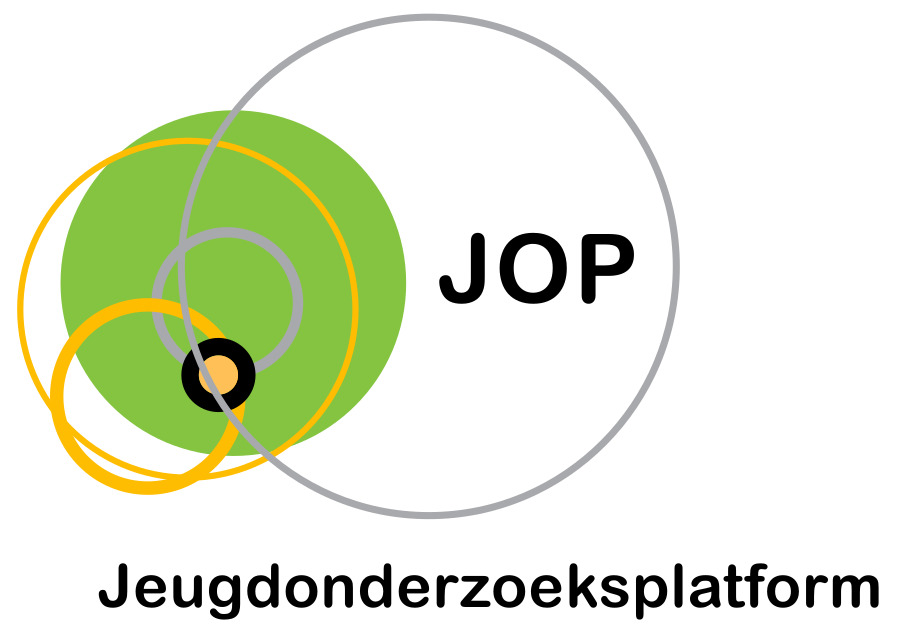Socioeconomic and sociocultural differences in adolescents’ leisure motivations
Auteurs
Van Elsen, S., Lagaert, S., Spruyt, B., & Bradt, L. (2025).

Abstract
Deze studie onderzoekt de vrijetijdsmotivaties van middelbare scholieren tussen 14 en 18 jaar in Vlaanderen (België) en onderzoekt hun relatie met socio-economische en socioculturele kenmerken. Op basis van een diverse steekproef en met behulp van regressieanalyse tonen de bevindingen aan dat vrijetijdsmotivaties, geëvalueerd aan de hand van een verkorte versie van de Leisure Motivation Scale (LMS), significant beïnvloed worden door leeftijd, geslacht, migratieachtergrond, studierichting en werkstatus van de ouders. Met name de studierichting komt naar voren als de belangrijkste differentiator, waarbij studenten in het technisch en beroepsonderwijs consistent lagere motivatieniveaus vertonen op alle dimensies. De resultaten suggereren verder dat het LMS de vrijetijdsmotivaties van bepaalde adolescente subgroepen mogelijk niet volledig weergeeft. Deze bevindingen onderstrepen het belang van het erkennen van de diversiteit van vrijetijdsmotivaties bij jongeren en benadrukken de noodzaak van op maat gemaakte beleidsinterventies die de aspiraties en ervaringen van adolescenten centraal stellen en daarmee een rechtvaardige toegang tot zinvolle vrijetijdsmogelijkheden bevorderen.
This study investigates the leisure motivations of secondary school pupils aged 14–18 in Flanders (Belgium) and examines their relationship with socioeconomic and sociocultural characteristics. Drawing on a diverse sample and employing regression analysis, the findings demonstrate that leisure motivations, assessed using an abridged version of the Leisure Motivation Scale (LMS), are significantly influenced by age, gender, migration background, educational track, and parental employment status. Notably, the educational track emerges as the principal differentiator, with students in technical and vocational education consistently exhibiting lower levels of motivation across all dimensions. The results further suggest that the LMS may not fully capture the leisure motivations of certain adolescent subgroups. These findings underscore the importance of recognising the diversity of leisure motivations in youth and highlight the need for tailored policy interventions that centre adolescents’ aspirations and experiences, thereby fostering equitable access to meaningful leisure opportunities.
Referentie
Van Elsen, S., Lagaert, S., Spruyt, B., & Bradt, L. (2025). Socioeconomic and sociocultural differences in adolescents’ leisure motivations. Loisir et Société / Society and Leisure, 47(3), 487-500.
Taal
Engels
Publicatievorm
Tijdschriftartikel
ISBN – DOI
https://doi.org/10.1080/07053436.2024.2423313
Trefwoord(en)
Vrijetijdsmotivaties, adolescenten, participatiekloof, kwetsbaarheid, Leisure Motivation Scale
